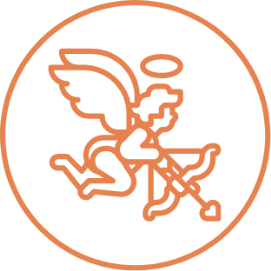Just choose one of these sites to drop down the information,
to Know more about Jordan Historical Sites to define which paradise you want to visit.
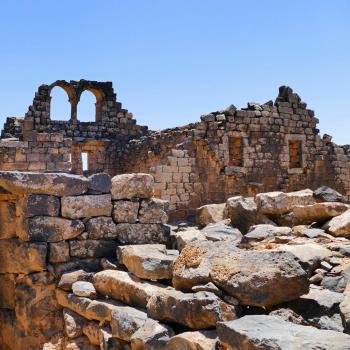
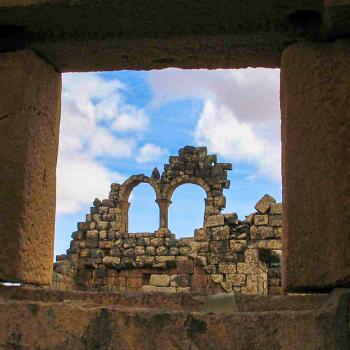
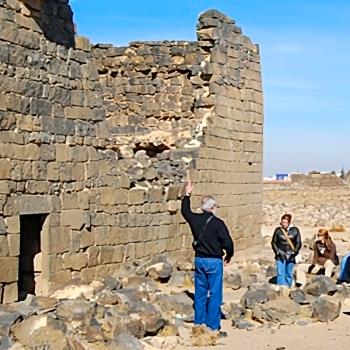
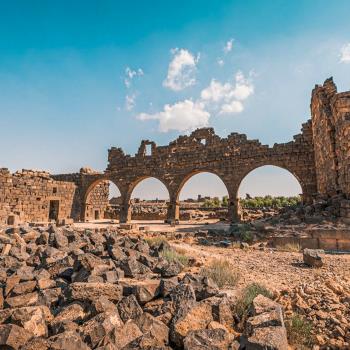
Um Al Jimal
Um Al Jimal was built entirely from black basalt from its local surroundings and is considered to be the best preserved of the Hauran towns. In Arabic the name means “Mother of Camels” and became more fitting as time went by and as Bedouins began to shelter their newly born camels in the ruins and make good use of the ancient reservoirs. Nowadays you’ll often find a herd of white camels grazing alongside the ruins (one of the UAE’s Sheikhs uses the site for breeding racing camels). The enormous Nabatean water cisterns beside the site explains Um al Jimal’s raison d’etre – it was a watering station for caravans and travelers headed to or from Damascus.
At its peak Um Al Jimal was the residency of about 4000 citizens. Most of the best-preserved buildings belonged to the 6C when the town was predominantly Christian. There are at least 14 churches scattered among the ruins. This probably doesn’t reflect an extreme civic piety as much as it does early Christianity’s remarkably divisive arguments over church doctrine.
On first impression Um Al Jimal gives off a grim feeling due to the dark stones. The more you explore the more enchanted you will become. The dark buildings give the site a unique atmosphere which makes it both interesting and beautiful. Walking within the city walls of the “Black Gem of the Desert” under brooding archways you will begin to see why this city has inspired poets for centuries.




























